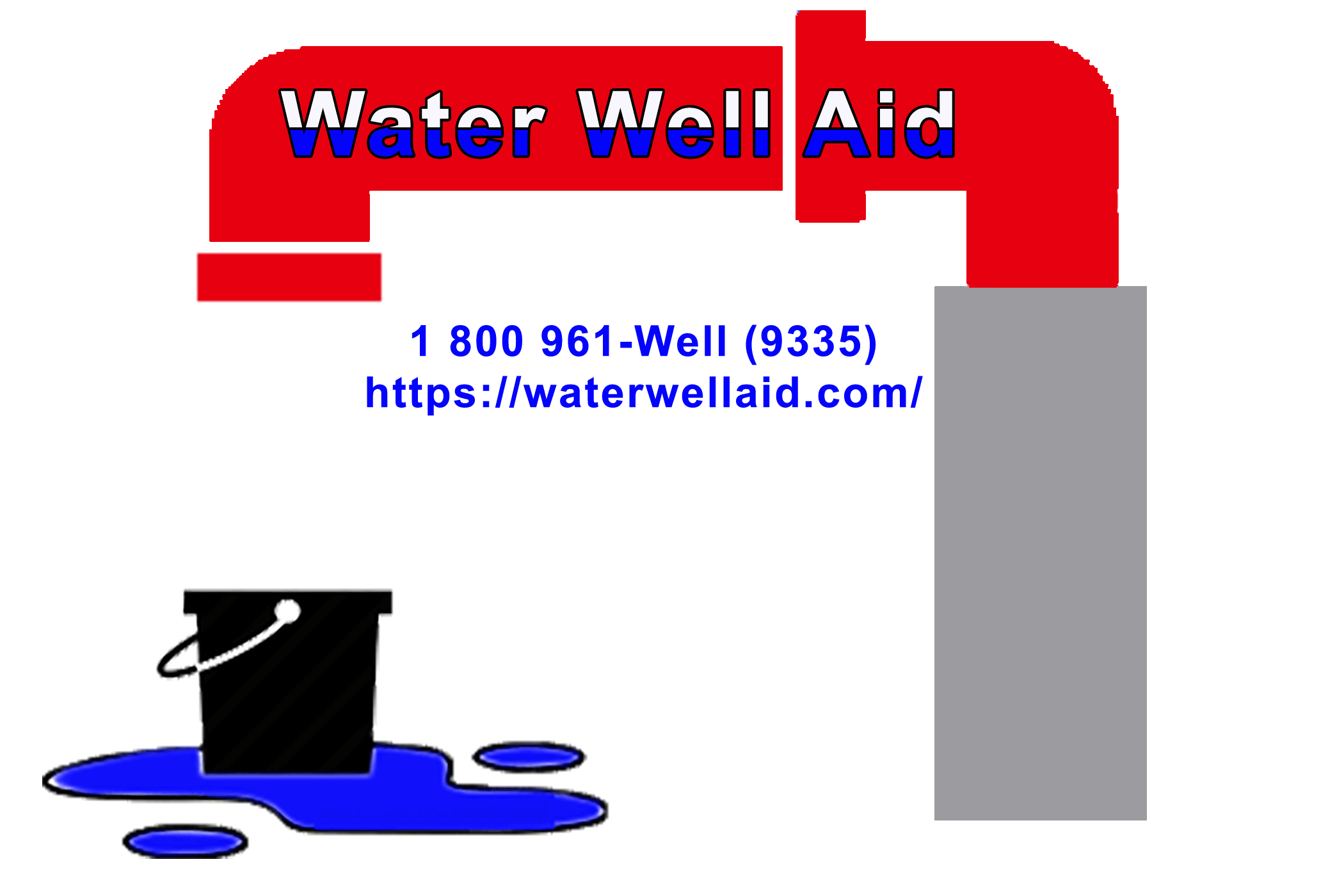The most frequently asked questions about swaging are:
What is the difference from a hydraulic swage and a swage packer?
The answer is leverage. Most hydraulic pumps can develop 10,000 psi and that pressure is multiplied by the number of square inches of the piston inside the swage cylinder. Packers have no piston, and the pump pressure is the push pressure. A large swage can safely develop 200 tons of pressure a packer would burst at about ¼ of that.
What is the difference between a well patch and liner?
Liners are stand-alone pipe that require their own strength to keep from collapsing. They are considered new construction in an existing well and should conform to well construction standards. Patches expand out against existing casing making the casing thicker and stronger. In most cases they are not altering the designed construction only adding more metal to bring existing casing back to standards. Patches are normally made thin for room but need to be strong enough to seal and hold out damage casing. There are times, such as when sealing large sections of perforations that patches need to be made thicker or doubled up to hold against water pumping pressure.
I have a hole or break in my well; it’s not pumping sand. Do I need to fix it?
The answer is you should. A breach in the casing keeps growing and is a ticking time bomb and can fill the well with sand at any time. This usually happens when the well is struggling to make water when you need it the most.
Won’t bad water or sand find it way around a well patch?
The answer is no. Water flows into a well horizontally from an aquifer, and just like blank casing keeps brackish water out, a casing patch stops flow from that zone. Contaminates can migrate up or down a gravel or filter pack. If this is the case a patch along with pressure grouting can seal off the migrating contaminants.
Can PVC wells be patched?
The answer is yes, any type of well casing can be repaired by a skilled swage operator. Well casings smaller than 6 inch are not good candidates because the patch reduces well size, and a pump can’t be place inside the well.
Is hydraulic oil safe to use?
Yes, but care should be taken. Some swages still dump water or fluid into a well to release pressure. Today the best swages use hydraulic double acting cylinders; this means they are closed systems, and when operated the oil moves up and down inside hydraulic lines. Hydraulic lines use braided stainless steel and are very strong. Hydraulic oil is not considered very hazardous and floats on water just like the oil used in a turbine pump. If a line were to break the spill is minimal and can be easily cleaned up by using a skimmer pump or oil bailer.




